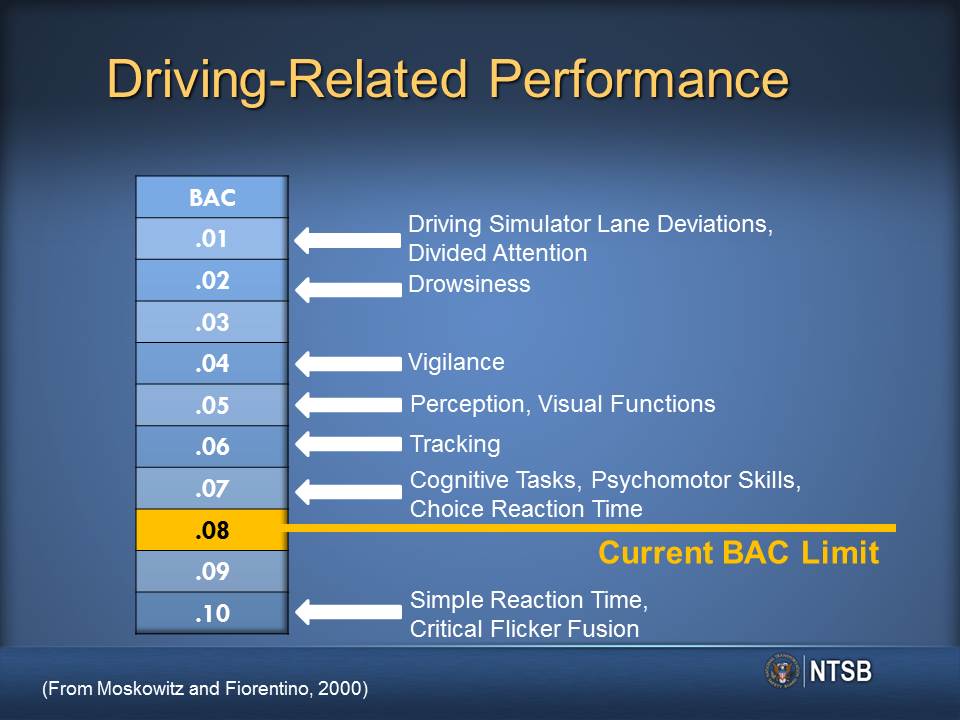By Leah Walton, NTSB Safety Advocate
The 2023-2024 school year is upon us, and parents all over the country are preparing to send their students back to school.
In the rush to gather back-to-school supplies, it’s easy to lose sight of what “back to school” means at the basic, literal level. Your student is going to school again, and coming home again, every day. How can they do that most safely?
The answer for most families is the big yellow bus.
The hours before and after school are the most dangerous times for students on the roads, but students traveling in school buses are the best-protected passengers on the roads during these times.
Yet not every student has access to the bus, so let’s review best practices for getting to and from school, however your student gets there.
On the School Bus
Less than one percent of all traffic fatalities involve students in school transportation vehicles. In other words, students are more likely to get to school safely if they take the school bus instead of traveling by car. If your student can ride the school bus, make this your first choice.

School bus travel is a resounding success, and it is getting better all the time, thanks in part to the attention the NTSB brings to remaining vulnerabilities in school bus travel. For further information about school bus safety, and the NTSB safety recommendations related to school bus design, watch our School Bus Safety video. If your student’s school bus is equipped with seatbelts, make sure to remind your students to buckle theirs.
But rest assured that your student’s school bus ride keeps them safe on the way to and from school:
According to School Bus Fleet, in the 2021-22 school year, an estimated 489,748 yellow school buses provided transportation service daily in the United States. About 20.5 million elementary and secondary school students ride school buses to and from school each day. School buses are the safest way to travel to school, and even when they do crash, occupants of school buses are safer than other road users. Seventy percent of deaths in school bus-related crashes are occupants of vehicles other than the school bus, and 16% are pedestrians. Out of all recorded school bus-involved deaths, only 5% of those who died were school bus passengers inside the bus.
But our students must get onto and off the bus, and during these phases they are much more vulnerable. As parents and as citizens we must all work together to ensure the safety of students on their way to and from school. Drivers and parents, be careful and keep your eyes on the road for our most vulnerable road users. If you approach a school bus with red flashing lights on and stop-arm out, STOP! And remain stopped until stop signal and flashing lights are off and the bus is in motion again.
According to the American School Bus Council, passing vehicles cause nearly two thirds of school bus loading and unloading fatalities. In the National Association of State Directors of Pupil Transportation Services’ 2023 Stop Arm survey, 94,581 school bus drivers reported that 62,482 vehicles passed their buses illegally on a single day. Throughout a 180-day school year, these sample results point to more than 43.5 million violations among America’s driving public—don’t be that driver!
As Pedestrians
According to data from the National Highway Traffic Safety Administration (NHTSA), among the 206 school-age fatalities from 2012 to 2021, more school-age pedestrians were killed from 6 to 6:59 a.m. and 3 to 3:59 p.m. than any other hours of the day. Planning a safe route with your student is essential to their safe walk to and from school.
Map out the safest route for your student before school is back in session and practice it a few times. This will help them become familiar with the route, including any crosswalks or intersections they may need to negotiate, and allows you the opportunity to demonstrate safe walking behaviors.
- Choose bright colored clothing or outerwear for your student, ideally with retroreflective material.
- Consider creating a neighborhood group to walk together with at least one other student or older sibling.

As Bicyclists
If you have a student riding a bicycle to school, make sure you map out the route with them in advance, and practice as well! Make sure to remind your student of the rules of the road and to be as safe as possible.
Be sure your student wears a helmet and reflective gear! No matter how short or long the ride, wearing a helmet is important. It can cut the risk of head injuries by about 85% and facial injuries by about 65% among bike riders.
As Car Riders and Drivers
If you must drive your student to and from school, make sure all vehicle occupants are buckled up for every trip. A seat belt is the best defense in the event of a crash.
If your teen is driving to and from school, make sure they keep their safety and those around them in mind. As a parent or caregiver:
- Ensure their vehicle is in good operating condition – routinely have the vehicle serviced to ensure the brakes are working properly, there is adequate tire air pressure, and windshield wipers are in working order for maximum visibility.
- Be aware of how much sleep your teen is getting – teens need between 8-10 hours of sleep each night. Drowsy driving can be as dangerous as impaired driving.
- Limit the number of passengers in the vehicle to reduce distractions. In some states, it’s part of the Graduated Driver License law!
- Set the expectation that your teen driver put their phone away while driving. Hands-free cell phone use is not risk-free!
- Remind your teen of the importance of always following safe speeds, and never driving while under the influence of impairing prescription or illicit drugs.
We at the NTSB wish all students a safe and enriching 2023-2024 school year!
For more information on school bus safety, visit the NTSB School Bus Safety webpage.


 When you hear “distracted driving,” you probably immediately think of the endless “don’t text and drive” campaigns across the nation each year. This is not without good reason—texting and driving is certainly one of the deadliest forms of distraction. Reading or responding to a text takes your eyes from the road for 5 seconds. If you’re traveling at 55 mph, that’s enough time to drive the entire length of a football field.
When you hear “distracted driving,” you probably immediately think of the endless “don’t text and drive” campaigns across the nation each year. This is not without good reason—texting and driving is certainly one of the deadliest forms of distraction. Reading or responding to a text takes your eyes from the road for 5 seconds. If you’re traveling at 55 mph, that’s enough time to drive the entire length of a football field.
 Impairment begins with the first drink or the moment a mind- or mood-altering substance is ingested, inhaled, or injected. Teenagers drive under the influence of drugs other than alcohol in astonishing numbers; among the 62.6% of students nationwide who drove during the 30 days before
Impairment begins with the first drink or the moment a mind- or mood-altering substance is ingested, inhaled, or injected. Teenagers drive under the influence of drugs other than alcohol in astonishing numbers; among the 62.6% of students nationwide who drove during the 30 days before 
 As with all road safety lessons, it’s beneficial to lead by example and avoid driving while you’re tired. However, make sure your teen understands that adults generally need less sleep than teenagers, who are still growing and developing. While you may feel rested after 7 hours of sleep, teens need between
As with all road safety lessons, it’s beneficial to lead by example and avoid driving while you’re tired. However, make sure your teen understands that adults generally need less sleep than teenagers, who are still growing and developing. While you may feel rested after 7 hours of sleep, teens need between